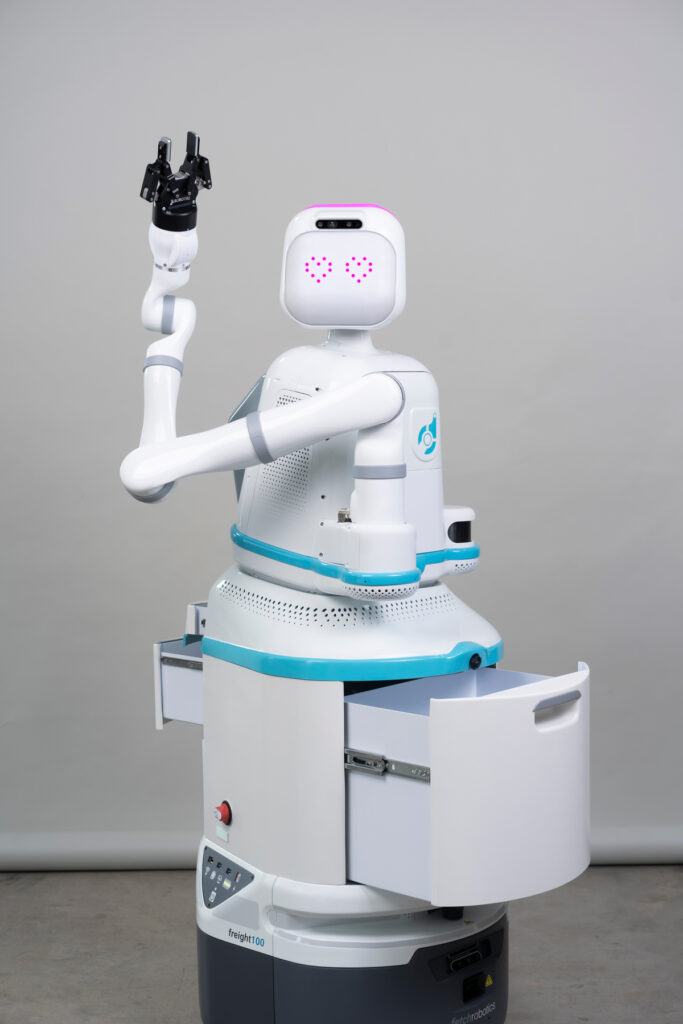Educational opportunities, technology and policies aim to lift the burden.
October 2022 – The Journal of Healthcare Contracting
This spring, the Texas Workforce Commission (TWC) voted to suspend multiple program rules that only allowed private sector apprenticeships and limited Skilled Development Fund grants to private industry, citing public necessity with a critical shortage of healthcare workers. This provided funds to train apprentices and other employees in public sector healthcare occupations previously exempted from participation.
Along with the rest of the country, Texas faces a critical shortage of registered nurses (RNs). The TWC approved the Statewide Healthcare Registered Apprenticeship Initiative earlier this year, establishing short-term pathways to entry for healthcare professions. This expedites the application processes, working directly with private and public healthcare employers and coordinating across multiple workforce areas.
“Addressing the growing shortage of nurses in Texas continues to be a main focal point,” TWC Commissioner Representing Labor Julian Alvarez said in a statement. “Lifting the restrictions permits training funds to be used for public sector healthcare employers, many who serve smaller communities and rural Texas.”
The Skills Development Fund is Texas’ premier workforce training program to help businesses upskill their new or incumbent workforce and apprentices in healthcare occupations employed by public sector healthcare employers may now be included within the Fiscal Year 2023 Apprenticeship Training Program.
“This action helps both the public and private sectors by ensuring trained healthcare workers are available to our state’s workforce,” added Aaron Demerson, TWC Commissioner Representing Employers.
Nurses are the largest staffing group in healthcare and the U.S. is in the midst of a critical nursing shortage. According to a TWC Labor Market analysis, there is a current gap of approximately 20,000 RNs in Texas. But demand for all healthcare occupations is expected to grow at a much faster rate than all occupations combined.
The most recent projections indicate employment in healthcare occupations will grow by almost 20% by 2028 in Texas and this growth will account for more than 10% of the overall growth in the state.
Nursing growth before the pandemic
In the years before COVID-19, the number of new nursing licenses continued to grow at around 4% per year, according to McKinsey. But the pandemic altered many nursing career plans. Nurses have consistently reported planning to leave the workforce at higher rates compared to the past decade. In a McKinsey survey, 29% of responding RNs in the U.S. indicated they were likely to leave their current role in direct patient care, with many respondents noting their intent to leave the workforce entirely.1
According to the survey, the strongest drivers of intent to leave included insufficient staffing levels, seeking higher pay, not feeling listened to or supported at work, and the emotional toll of the job.

“COVID’s impact on hospitals has revealed the complexities of clinical caregivers’ roles and what kind of support is required for them to bring their best selves to work and provide the best possible care for their patients,” said Eric Burch, MBA, RN, FACHE, executive principal, consulting, Vizient.
McKinsey estimates the U.S. may have a gap of between 200,000 to 450,000 nurses available for direct patient care, equating to a 10% to 20% gap2 and says the U.S. needs to more than double the number of new graduates entering and staying in the nursing workforce every year for the next three years to meet this demand. The RN supply and demand were calculated by applying trends to the 2019 baseline of RNs in the U.S. from the Bureau of Labor Statistics and the healthcare demand in days or visits from multiple sources.
For every 1% expansion of capacity, created through changes in care delivery models, technology-enabled productivity tools, or alternative sites of care settings for patients, the number of nurses needed would decrease by about 25,000. But for every 1% of nurses that leave direct patient care, the shortage worsens by about 30,000 nurses.
Technology alleviates staff

Technology, like delivery care robots, is being used to alleviate nursing staff. Shannon Medical Center in San Angelo, Texas, has implemented Moxi Robots within its nursing units. The purpose is to help staff with non-patient-facing tasks like distributing PPE, delivering medications and lab samples, and getting items from central supply.
The founders of Moxi, Diligent Robotics based in Austin, Texas, shadowed nurses at three Texas hospitals and estimated that healthcare staff spent up to 30% of their time looking for supplies. Moxi was named one of Time Magazine’s 100 Best Inventions in 2019.3
The robot is capable of completing duties independently without being asked with an arm to reach, a gripper to pick up objects and a mobile base to move. It frees up time for nurses to do their most important task – face-to-face patient interaction.
Innovating care delivery models reduces burden on nurses and maximizes their time and energy. Providers can prioritize these models to improve patient engagement and outcomes. Staff can also be cross-trained in low-volume areas to help in high-volume areas.
Remote monitoring programs leverage video and voice technology to help nurses manage a patient load. They provide an extra layer of staffing support, along with EMRs, telemetry and other remote monitoring systems. The virtual nurse provides 24-hour virtual assistance to the bedside RN. It can answer call lights, monitor IV sites and call other members of the care team.
Critical staffing efforts by providers
Expenses have been challenging during the pandemic and they will not decrease anytime soon. Labor costs generally account for more than half of a health system’s operating costs. Increased competition for staff has driven this up even more and there are critical efforts that providers need to sustain. Vizient advises its members to:
- Secure an indispensable partner in the contingent staffing market.
- Focus on retention and staff reinforcement, making sure they are valued.
- Seek out an external source for peer benchmarking and insights.
- Ensure to manage productivity, utilization and staff needs, and rapidly communicate across the organization.
The U.S. has a larger population over the age of 65 than ever before in its history. As the demand for nursing and healthcare staff grows to meet the demand of older patients, the profession is also facing a retirement drain of its own. Many people retired when COVID-19 hit or were given an early retirement package, and nearly half of all RNs today are over the age of 50.4 One study predicted that over 1 million RNs will retire from the workforce before 2030.5
These frontline workforce shortages can lead to nurse burnout. Flexible education options, like online programs, can be crucial to recruiting and retention. Advances in nursing education, in the workplace and at a policy level, along with the help of technology, will be the foundation for growing the skilled nursing population.
1 Surveyed nurses consider leaving direct patient care at elevated rates
2 Assessing the lingering impact of COVID-19 on the nursing workforce
3 Helping Hospitals: Diligent Robotics Moxi
4 National Sample Survey of Registered Nurses
5 Will the RN Workforce Weather the Retirement of the Baby Boomers?
